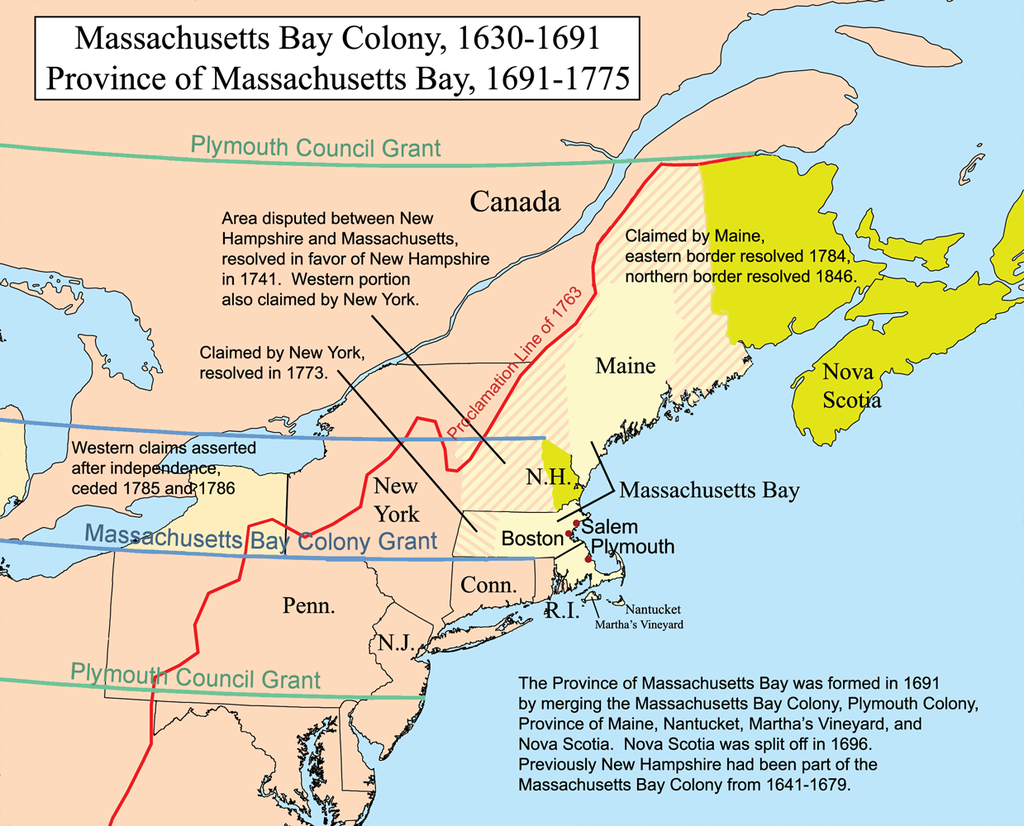
Maine is a particularly rugged and beautiful slice of New England, with a history of adventure natural splendor.
Most of the historical information contained here was curated from Wikipedia-spelunking.
Maine was originally inhabited by a diverse group of native peoples, including the Abenaki, Penobscott, and Passamaquoddy. In the colonial period, these tribes had complex relations with French, and later English settlers.

Post-revolution, Maine was an exclave of Massachusetts (separated by New Hampshire). Massachusetts treated the “District of Maine” as a frontier, which provoked resentment against their unwillingness to govern the territory. In the war of 1812, the territory was left undefended by Massachusetts, making secession a more popular opinion.
After approval from Massachusetts, the people of Maine held a successful referendum for independence in 1819, and Maine was admitted to the Union in 1820 as part of the
Maine formed an essential pillar of the industrial revolution in New England. With industrial goods, there are three steps: raw resource accumulation, refinement of those resources into more valuable forms, and selling to a paying a customer for profit. In between the steps, there is shipping, which in the 1800s and early 1900s was primarily via wooden ships. The
Maine had an abundance of natural harbors, high-quality timber, and a burgeoning fishing industry to stimulate the growth of the timber and shipbuilding industries, which peaked prior to the development of metallic-hulled ships. This was all accomplished in spite of very unfavorable living conditions (harshest summers and winters on the east coast).
Railroads were built to connect the hinterland and eastern Canada to harbor and the rest of New England, beginning in the 1830s and 1840s. Portland, in particular, prospered as a result, as it became the nearest harbor for Canadian trade through Montreal.
Cotton textile production
As the rest of New England’s forests were depleted, Maine’s timber was applied to the production of pulp and paper in the early 1900s. All of these industries attracted immigrant laborers. For the same reason that they arrived, these industries would
Forests were replaced with meadows, sheep were raised for their wool and meat. The harsh climate limited the effectiveness of large-scale agriculture, which never took off.
When industrial capacity moved to places with cheaper labor, and shipbuilding became a function more of steel than a function of timber, nothing really came in to replace these dominant industries.
Since WWII, Maine is by many measures the poorest state in the Union (in spite of its many wealthy enclaves).
Maine is a very complicated state with an irreconcilable identity crisis.
Towns like Bar Harbor and Kennebunk, and the artists that have depicted them for decades, project an image of liberal values and affluence. They appeal to tourists and summer homes. Portland’s Williamsburg-esque vibe can lead you to believe that Maine is full of granola-eating hipsters (raises hand). The license plates say Vacationland.
Meanwhile, the rugged hinterlands contain some of the most impoverished regions in the country. The reason: a dearth of accessible, sustainable, and diverse sources of income. The land is too cold and contoured to develop agriculture. The cities too dispersed to attract large corporations or a startup scene. The hinterland is too disconnected, and the extreme climates too unforgiving, to sustain nature-minded digital workers.
Maine’s competitive advantage is its beauty, but the things that make it beautiful make it economically uncompetitive with the rest of New England. So, Maine’s beauty is monopolized by those that can afford it, but only in the tolerable seasons.
If one stays in those towns, in those times, and only leaves them for camping and hiking, one can just about get away with pretending that the other half doesn’t exist. Only during election season are you forced to reckon with the fact that Maine reliably “votes red”.
Today, Maine is not competitive. What hope is there, for Maine to be competitive tomorrow?
I don’t think that Maine will become a desirable place to live of its own. Everything is a system of course. Maine’s relative desirability will go up, because the desirability of other states in New England will decline, for one reason or another.
Maine will be a competitive choice for price-conscious Americans that want to live in New England, but can not afford the more desirable locales of Massachusetts or Connecticut.
As its competitors become over-crowded and more expensive, due to increasing population and immigration, Maine’s glimmering and typically-seasonal coast will become more attractive to a year-round middle class, anchored around Portland and Augusta.
The inland of Maine competes with Western Massachusetts, Vermont, and New Hampshire, each having plenty of room to grow before they become overcrowded and overpriced. The hinterlands will poach Vermonters and New Hampshirites seeking greater tracts of land and lower costs of living.